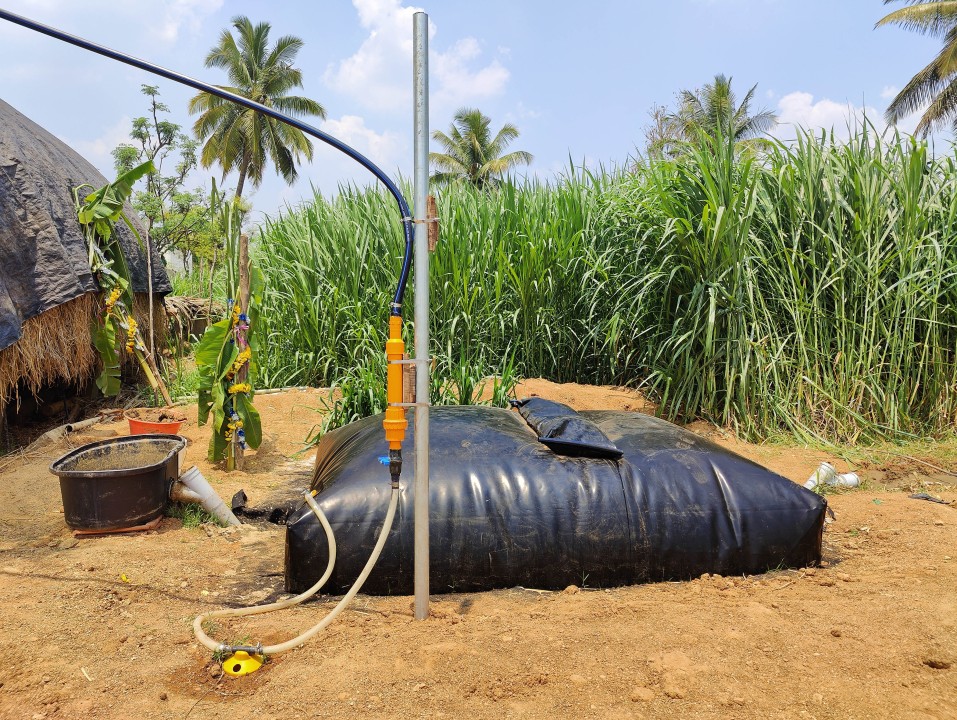Introduction: Biogas technology is revolutionizing the way we think about waste and energy. By converting organic waste into renewable energy, biogas offers a clean, sustainable alternative to fossil fuels. But how does this process work, and what makes biogas such a powerful tool in the fight against climate change?
What is Biogas? Biogas is a mixture of methane and carbon dioxide produced by the anaerobic digestion of organic matter like food waste, agricultural residues, and sewage. This process not only generates energy but also reduces harmful greenhouse gas emissions.
How Biogas is Produced:
- Organic waste is collected and placed in a biogas digester.
- Microorganisms break down the waste in the absence of oxygen, releasing methane gas.
- This methane can be captured and used for cooking, heating, electricity generation, and even fueling vehicles.
The Environmental Benefits of Biogas:
- Reduces methane emissions from landfills.
- Decreases reliance on non-renewable energy sources.
- Improves waste management practices.
Conclusion: Biogas represents a significant step forward in the quest for sustainable energy. By turning waste into a resource, we can create cleaner communities and contribute to a healthier planet.

Leave a Reply